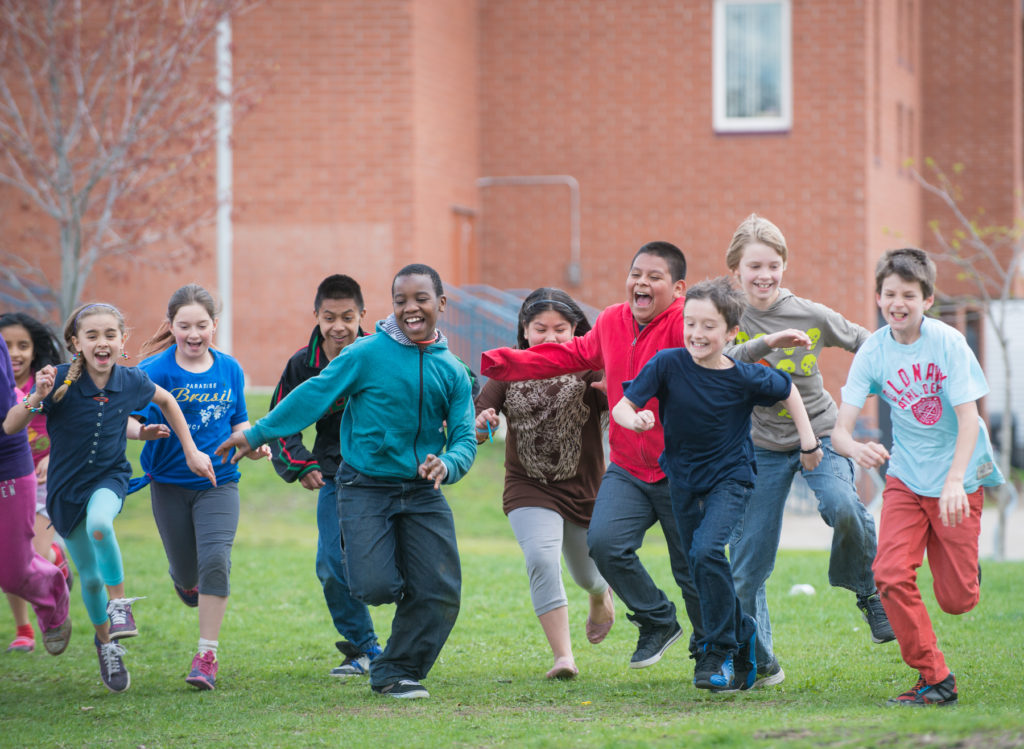
“What’s the group game today?” That’s the question I keep hearing from my students as we walk out to recess. It’s Mrs. VanDyke’s day to lead the group game, and several students cheer when they hear that she is leading Doctor Tag. They run to join other third graders on the field, while my other students grab a soccer ball or head to the playground.
The other third grade teachers and I began leading group games at recess last year. We noticed students who were often alone at recess or didn’t know what to play. There were other students who wanted to play a game of tag or kickball but couldn’t figure out how to gather teams or how to agree on the rules of the game. We realized that while recess can be a lot of fun, it can also be an uncertain or stressful time for many children.
The three of us decided to each take a day to lead a group game while the other two teachers monitored the students who were playing on their own. We have led groups in games such as kickball, Red Light Green Light, hopscotch, Simon Says, capture the flag, and endless variations of tag. As we teach these games to our students, we have the opportunity to teach them what a safe tag looks like, how to solve a disagreement, and how to include others who want to join the game.
Our group games have also become a way to strengthen the entire third grade community. When I lead a group game I have the opportunity to interact with students from the other two classes and they get to know me. Our students are comfortable with all three of the third grade teachers—not just their own classroom teacher. They also now have a shared repertoire of games and, on the two days a week when we are not leading games, it is common to hear a third grader announce that they are starting a game of Steal the Bacon or another asking if anyone wants to play Blob Tag.
The number of students joining our games varies from day to day, but the benefits of leading them remain the same—opportunities for students to feel included, learn new games and social skills, and have fun with their classmates.
To help get your classes started, here are directions for three fun variations on tag that our students have loved:
For this game, you will need an object to be the “bacon”—a scarf, a flag, etc.
Find more ideas for group games you can lead at recess in The First Six Weeks of School.